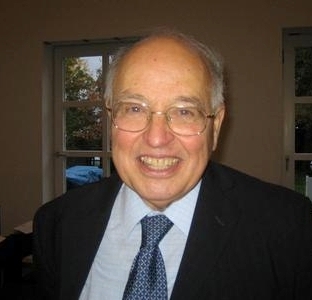Heads up! In a couple of days (April 22nd) it is the 87th birthday of “Britain’s mathematical pope”, (not just Britain’s, either, IMO), otherwise known as my doctoral advisor, Professor Sir Michael Atiyah. HAPPY BIRTHDAY MICHAEL!

To celebrate, his son David is assembling an online tribute – see http://www.atiyah.eu/mfa87/ Please consider sending a tribute message to david@atiyah.eu Here’s what hes ays:
We are collecting messages of congratulations on the occasion of Michael Atiyah‘s 87th birthday Friday, April 22, 2016.
If you have the time, memory, and an inclination, please also include your favourite personal story about Britain’s Mathematical Pope*. I keep hearing every mathematician has one – it would be a shame not to collect and archive them for posterity.
Bonus points awarded for photographs, with prizes for the best MP4 video message we can share on the night.
Pls include:
– your name
– your current position, & location (if appropriate)
– when and where you first met Michael
We will keep it simple and hope to collate and publish submisssions in due course.
* = with thanks to Siobhan Roberts for the expression used in her recent biog of J H Conway – i have simply extended his Popedom from England to Britain.
If you haven’t seen it, here is a great article from Wired last week: Mathematical Matchmaker Atiyah Dreams of a Quantum Union.

